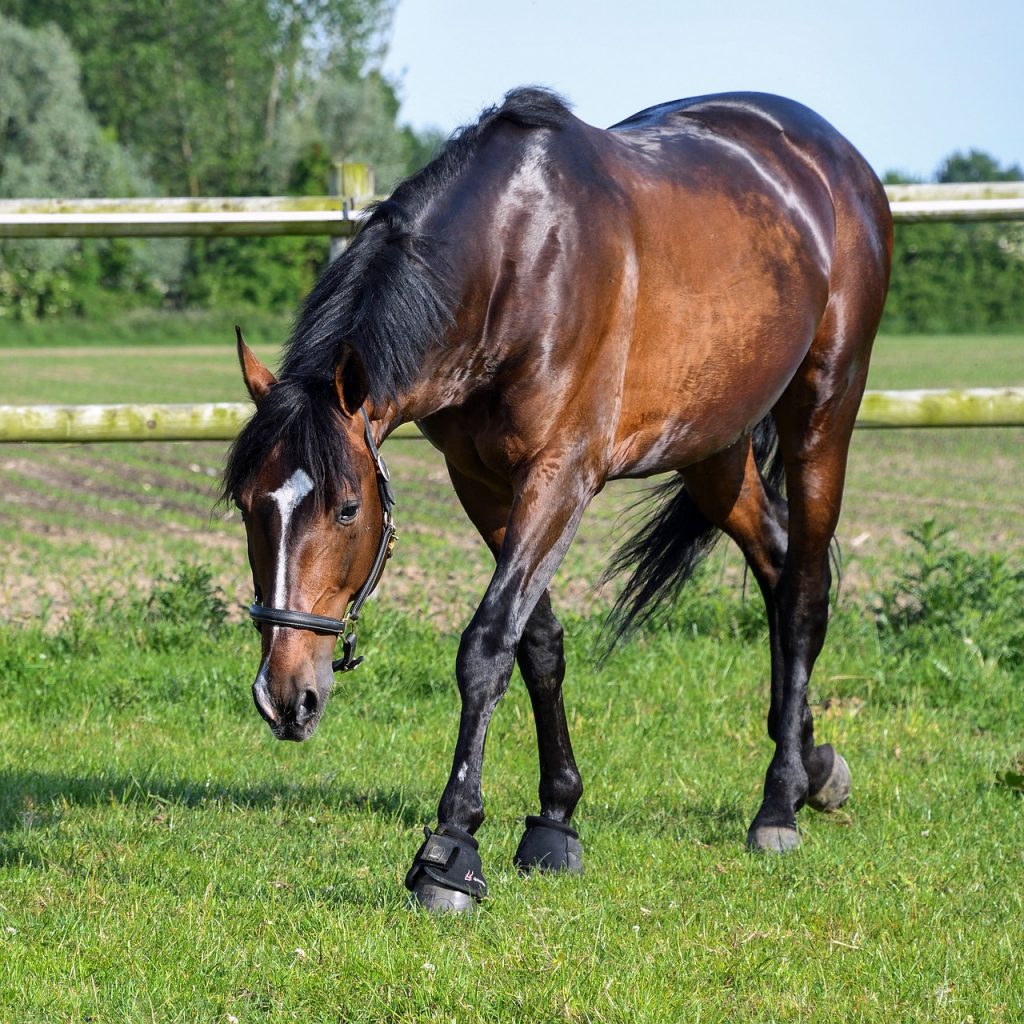Last Updated on March 8, 2022 by Allison Price
Some great news from across pond yesterday: “The Big Lick” is on the way out!
This news is about the Tennessee Walking Horse, a horse breed that was developed in the USA. This horse is a gaited breed, meaning that in addition to walking, trotting, and canter, it can also do a variety of ‘ambling’ or a lateral pace. this video will show you how different gaits look.
What is a gaited horse and what does it do?
These gaits can’t be ‘trained’, but are something that the horse has the ability to do since birth . Gaited horses are a common feature of domestic horses and have been around for thousands of years. The more familiar trot and smooth transition to canter were only discovered later. These gaits are better suited for activities like hunting and jumping.

Before horses were introduced to America, ambulating horses were valued as horses in Europe and Asia. They were easy to ride and comfortable for long distances. Although they have lost their popularity as sporthorses take centre stage on this side, there are still many competitions to reward the horses that move the most. These events range from saddle-seat classes to more Western-oriented classes, and are generally not more dangerous than other.
The Tennessee Walking Horse’s plight
This competition is open to all gaited breeds, including the Tennessee Walking Horse (or TWH). They have been abused and neglected for many years due to an unfortunate historical accident. One specific class rewards an exaggerated movement, known as the ‘Big Lick’.
Horses are given padded shoes to look like they are wearing platforms. This is the Big Lick. They cause horses to raise their legs higher. These padded shoes can cause the animal to lift their legs higher than usual. A few shoes have an unusually high number of nails, which are believed to cause pain by applying pressure to the feet. This encourages horses to lift their feet like a lame horse.
Horses also have chains that run around their legs. These are supposed to make the horse feel like an obstacle is blocking its way. This causes the horse to instinctively move to get over it. These chains may actually encourage excessive movement and cause pain to the horse with each step.
Horses may need to carry more equipment during training, even though there are limitations on the weight of equipment for show purposes.
Soring
These pieces of equipment are not the only thing that brought the TWH to the forefront as a mistreated and abused breed. To stop the practice of ‘soring‘, the Horse Protection Act of 1970 was passed. Although soring was first observed in the 1950s, it became more common in the ten years that followed and attracted negative attention from the public.
To enhance the effects of soring, you rub irritants and blistering agents into the lower leg. Then wrap the leg in cling film or rubbing it with a rag. The horse will move higher as the chain around his leg comes into contact with the tender skin at every step of the show ring. Some trainers even put thumb tacks and screws into the limbs of their horses to make them more sensitive.HSUS 2015 Soring Investigation
Although the Act was meant to end soring, it seems that it has become so commonplace and essential for show success that people have found other ways to get around it. Some trainers tried to stop their horses showing signs of pain or flinching despite the fact that inspections are now carried out at shows. They have developed many methods to achieve this over the years, including timing the administration so that the pain-killers wear off before the horse enters.
Hear a Tennessee Walking Horse trainer speak about his experiences in the industry.
The US Equestrian Federation and many other US organizations don’t sanction shows that involve ‘the Big Lick. However, as long as chains were allowed at all events, it seemed like the Tennessee Walking Horse’s plight would not end.
The End of the Big Lick
Yesterday, the US Department of Agriculture announced that changes were made to help end this industry.
Chains will be outlawed from all shows by the end of February 2018. Stacks will be extinct on January 1, 2018. Because horses will have to adapt to physical changes in their muscles and tendons, the year allowed them to transition from stacks to flat shoes.
The ban on pads being used for therapeutic or medical purposes is not enforced. The new rules will only apply to the TWH breed or “racking horses”, Racking horses can be defined by how they are displayed and their gait. They are often TWH or a cross of TWH. This is a targeted effort to get rid of the Big Lick, and any animal abuse that goes with it.
Proponents of this industry are already in a frenzy and are threatening to kill hundreds of Big Lick horses. This would be a tragic reflection of the attitudes many horse owners have towards their horses if they follow through with this threat. We hope that many will retrain their horses to be more tolerant of other classes, which is a good thing for this versatile breed.



